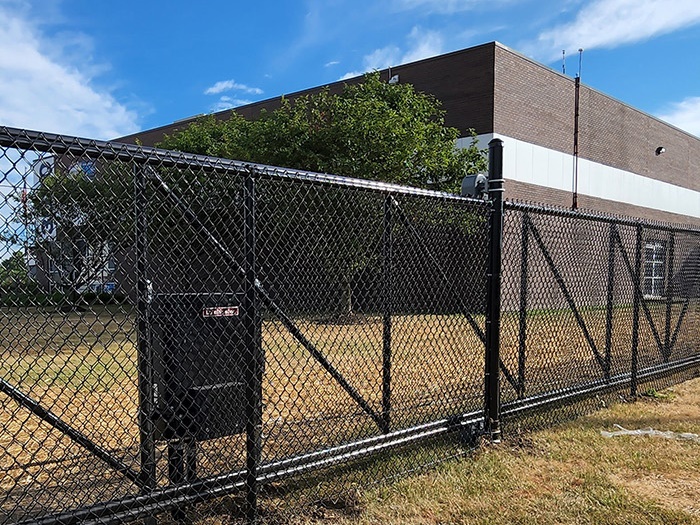
Image Source: Google
As the world becomes increasingly focused on sustainability and environmental responsibility, businesses are looking for ways to incorporate eco-friendly practices into their operations. Paper recycling is one simple yet effective way for businesses to reduce their environmental impact while also improving their bottom line. To get more details about paper recycling for businesses, you can click on this site.
The Environmental and Economic Benefits of Paper Recycling
Environmental Benefits
- Conserves natural resources: Recycling paper helps preserve forests and reduces the need for logging, which in turn helps to protect wildlife habitats.
- Reduces energy consumption: Producing recycled paper requires less energy than making virgin paper, resulting in lower greenhouse gas emissions and reduced reliance on fossil fuels.
- Decreases landfill waste: By diverting paper from landfills, businesses can help reduce methane emissions and minimize the space taken up by waste.
Economic Benefits
- Cost savings: Recycling paper can lower waste disposal costs for businesses, as recycling is often less expensive than sending waste to a landfill.
- Revenue generation: Some businesses may be able to generate additional income by selling their recycled paper to recycling facilities or paper mills.
- Enhanced reputation: Demonstrating a commitment to sustainability through paper recycling can attract environmentally conscious customers and investors, ultimately improving a business's bottom line.
Implementing Paper Recycling in Your Business
Assess Your Current Paper Usage
Before implementing a paper recycling program, it's important to understand how much paper your business currently uses and where waste is being generated. Consider conducting a waste audit to identify areas where paper recycling can have the most significant impact.
Set Clear Recycling Goals
Establish specific goals for your paper recycling program, such as reducing paper waste by a certain percentage or increasing the amount of paper that is recycled. Communicate these goals to employees to ensure that everyone is on board with the initiative.
Provide Adequate Resources
Ensure that your business has the necessary resources in place to support a paper recycling program, such as recycling bins, signage, and educational materials. Consider appointing a recycling coordinator to oversee the program and answer any questions from employees.
Educate and Engage Employees
- Provide training to employees on proper paper recycling practices, including what can and cannot be recycled.
- Encourage employee participation through incentives, such as recognition for departments that excel in paper recycling.
- Regularly communicate the progress of the paper recycling program and celebrate milestones to maintain momentum and engagement.
Monitor and Evaluate Performance
Track key metrics related to paper recycling, such as the amount of paper recycled, cost savings achieved, and waste reduction sent to landfills. Use this data to evaluate the success of the program and identify areas for improvement.
Conclusion
Implementing a paper recycling program in your business can have a range of benefits, from reducing environmental impact to improving cost savings and revenue generation. By following the steps outlined in this article and learning from successful case studies, businesses can leverage paper recycling as a sustainable practice for long-term success.









